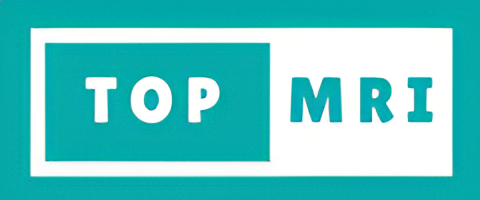
CT Scan – Things to know
CT Scan – Things to know
Though doctors have many years of training and expertise still there are many things that they cannot detect simply by looking at your body or by listening to the sound.
There are medical situations that require more detailed analysis inside the body like bones, vessels, etc. Techniques like X-Rays and Ultrasound are also used but when more clear information is required, then CT is the next step.
In this article, we will see what is CT scan and various factors associated with it.
What is CT Scan?
CT Scan (Computed Tomography) is the technique that uses X-Rays to create cross-sectional images which help to detect various diseases and medical conditions. It is a painless method, takes less time and provides accuracy too. In case of emergency, it can help detect internal injuries and also bleeding which is very helpful to save lives.
It can be used to analyze body parts like –
- Shoulders,
- Head,
- Spine,
- Heart,
- Abdomen, etc.
CAT Scan (Computerized Axial Tomography) is another name for CT Scan.

Using contrast for CT Scan?
The images formed with the CT Scan are usually in shades of black and grey. But sometimes, it becomes difficult for even the well-trained eyes to look for the different tissues. So, contrast dyes are used to get a more exact diagnosis as they increase the contrast level and a clearer image is produced. These can be given orally or in the veins.
As it is said every good thing has bad sides too. So, the same is the case with the contrast dyes too. Though these provide clear resolution images still these may have an allergic reaction and are not good for the kidneys too.
Here are a few points to know when and when not to use contrast dyes –
|
With contrast |
Without contrast |
|
acute appendicitis |
acute stroke |
|
staging cancer |
closed head injuries |
| diverticulitis |
lung disease |
|
inflammatory bowel disease |
tissue swelling or injury in your arms or legs |
|
pancreatitis |
kidney stones |
|
pulmonary embolism |
spinal trauma |
When is CT Scan performed?
- CT Scan is recommended by a doctor in several situations like –
- Check the effectiveness of treatments like cancer treatments.
- Get the location of clots, tumors, etc.
- To ascertain internal injury and bleeding.
- To act as a guide in various procedures like biopsy, surgery, etc.
- Detect muscle and bone disorders like a fracture.
What are the benefits and the risks involved?
Benefits –
- It is painless and accurate.
- It can give visuals of bones, tissues, etc.
- It is cost-effective and widely used.
- Unlike X-Rays, it gives a clearer view of the bones, tissues, etc.
- It can reveal internal injuries and bleeding.
- It acts as a guide in procedures like biopsy, surgery, etc.
- It is a fast process and delivers quick results.
Risks –
Though there are hardly any risks involved but some can be:
- Radiations may be harmful
- Contrast dyes may react
- Risk of cancer due to multiple scanning
What are the limitations?
In the case of pregnant women, ultrasound and MRI is preferred as they do not include radiations like CT scan. Also, for soft tissues like bones and joints, MRI is preferred as it gives more detailed information as compared to a CT scan.
What do you get to know about the results?
Radiologists will analyze the image and deliver the report to the doctor, who in turn will inform the patient about the same. If any further action or test is needed, the doctor will ask to undergo the same.
Source-
https://www.mayoclinic.org/tests-procedures/ct-scan/about/pac-20393675#:~:text=Diagnose muscle and bone disorders,lung nodules and liver masses
https://www.radiologyinfo.org/en/info/bodyct#c7ed65923f884822adf3debcc63e6b1a
https://www.healthline.com/health/ct-scan#risks